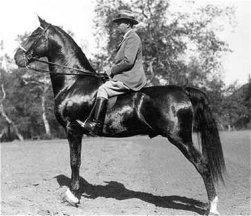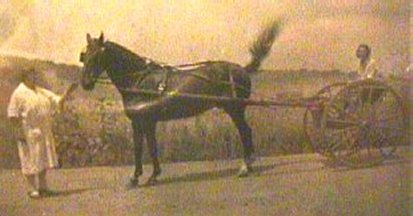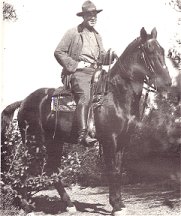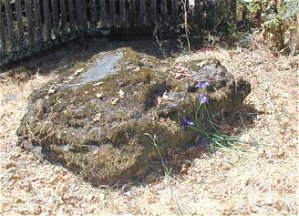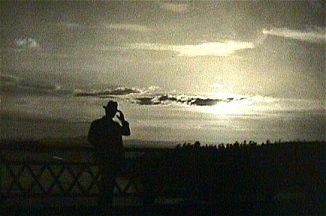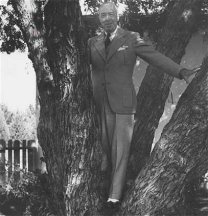
Official
Edgar Rice Burroughs Tribute and Weekly Webzine Site
Since
1996 ~ Over 10,000 Webpages in Archive
Volume
1274
Part
of the

Library Project

The ERB / Jack London Connection
IV
By Bill Hillman

POPULARITY
London's adventures, misadventures,
his occasionally scandalous behaviour and his sometimes unorthodox personal
life attracted national press coverage, giving the "voice of the common
working man" the uncomfortable distinction of being the first American
writer-as-celebrity millionaire.
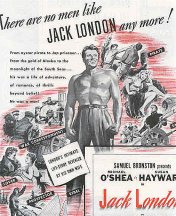
London's Life Adapted to Film
.
|
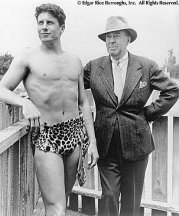
ERB and Olympic champion
and Tarzan actor: Glenn Morris
|
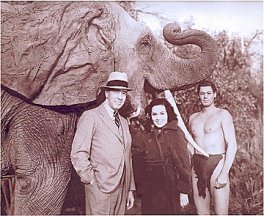
ERB with Tarzan film stars
Tantor, O'Sullivan and Weissmuller
|
ERB, who supervised and
even produced some of his films, had the distinction of creating one of
the most-filmed fictional characters in history -- Tarzan of the Apes.
He hobnobbed with the Hollywood crowd and was a regular subject of newspaper
and magazine articles. Later in his career he was constantly on the cutting
edge when it came to adapting his literary creations to the burgeoning
new media technologies and merchandising of the twentieth century.
HOMELESS WANDERERS: MANSIONS
TO CABINS
Jack London's home was literally wherever he hung his
hat. One researcher has identified thirty-three places he lived in as a
youth. When he finally built his first permanent home -- a beautiful mansion
-- it burned down shortly before he was to move in. Although he faced financial
ruin, he was determined to pull his fortunes out of the ashes and he maintained
his furious writing pace in spite of his failing health.
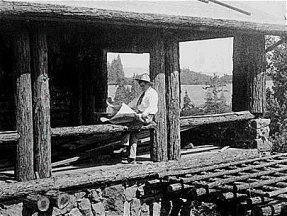
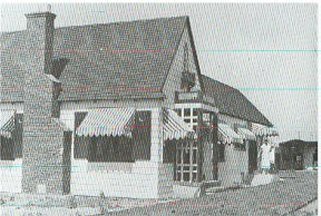
ERB was also a wanderer.
He lived in many homes until he finally found his dream home -- Tarzana
Ranch. Sadly, even this dream home was not to last. He ran into financial
difficulties and finally had to tear it down. "I have lived in several
houses in several cities. Two of them, in Illinois, I owned, and two in
Southern California. But I have never lived long enough in one place to
acquire a solid sense of permanency, which has always appeared to me to
connote security. And home and security seem almost synonymous, for home
is sanctuary. Yet my homes were real homes in every respect other than
permanency."
Both these drifting dreamers eventually
achieved permanent luxury homes, only to lose them. Such permanency was
not to be. Each man moved to a smaller cottage near his lost mansion and
the dream house was never regained.
BIG SPENDERS
During his relatively short writing career, London produced
a phenomenal publishing output but it was still not enough to support his
extravagant living, his sailing obsession, the unwise investments, the
horde of family, employees and hangers-on, and the expenses of the ranch.
He constructed his ship, "The Snark," shortly after the San Francisco earthquake
when lumber and labour costs were exorbitant which added to his financial
difficulties. His last major expenditure was the construction of the elaborate
"Wolf House" mansion on Beauty Ranch. After its tragic loss to fire before
occupancy he was never able to gather enough finances to rebuild it.
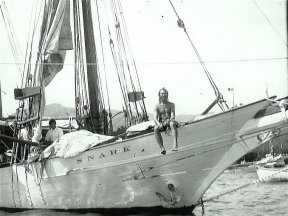
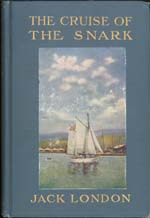
Jack London's Pride and Joy: The Snark
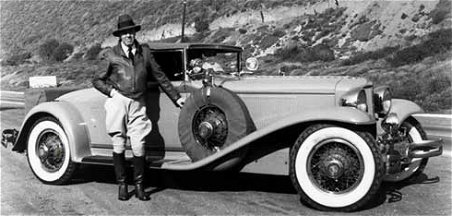
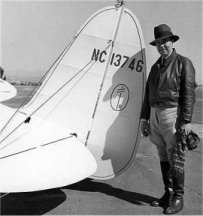
ERB and his Cord and Aircraft
Much of ERB's "mad money"
went to the purchase of big cars and items beyond the means of most people
such as land schooners (camping trailers) and an aircraft. He too dreamed
of buying a yacht -- possibly influenced by London and Zane Grey -- but
never did.
Both men were phenomenally successful
in their writing and merchandising, but both suffered periods of massive
debt. The lived life to the financial hilt. Too much money was spent on
high living, family and friends, divorces, grown-up toys such as cars and
ships or planes, financial downturns and disasters, fast horses, ranches,
houses, unprofitable farming enterprises -- and both fell into the traps
that ensnare so many celebrities who come into sudden fame and fortune.
London's only way out was to keep writing furiously -- an approach also
taken by Burroughs, but he had the advantage of living in a period of history
when he could branch out into self-publishing, merchandising, and multi-media.
PIONEER MERCHANDISERS
London was one of the first celebrities
used to endorse commercial products, such as grape juice, whiskey and men's
suits.
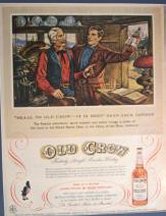
London: Old Crow Whiskey
|
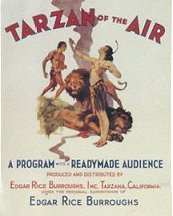
Tarzan Radio Show
|
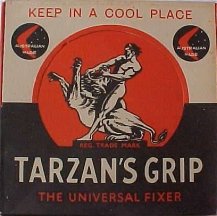
Tarzan Glue
|
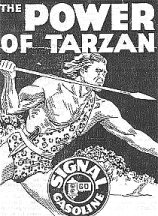
Signal Gasoline
|
Throughout the first half of the 20th century
ERB was a leader and ground breaker in integrating his creations in merchandising
and multi-media. His works were adapted to film, comic books, daily strips,
Sunday comics, radio, commercials, television, etc. and he was one of the
first to license character names for mass merchandising of countless products:
toys, games, bread, gym equipment, gasoline, etc.
Both men seldom hesitated to use
their personal lifestyles and exploits to promote their writing projects
and to generate contracts, sales and income.
WRITING SCHEDULES
During his entire writing career London forced himself
to write 1000 words a day, usually working in the morning. He wrote thousands
of letters and kept diaries of his exploits in the Yukon and elsewhere.
He seldom made corrections or changes to his first drafts. His thoughts
flowed freely onto the page. Many additional works have been published
posthumously.
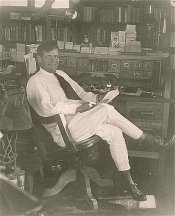
In his cottage writing den.
|
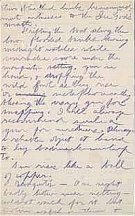
The Yukon diary
|
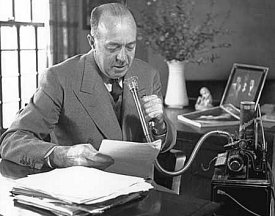
Ed dictating into his Ediphone
|
ERB followed a schedule
of writing each morning. He kept numerous journals of his Tarzana years,
his auto adventures and WWII assignments. Ed, a natural storyteller, wrote
quickly. His first stories were written longhand, after which he graduated
to a typewriter. Later much of his work was dictated but he seldom did
much in way of revision, often leaving this task to Emma or his editors.
Both men did much of the morning
output of their letter correspondence on a dictaphone
HORSEMEN
London once said, "I am the sailor on horseback! Watch
my dust!" He imported the best of thoroughbred riding horses and
one of his great joys was to take regular rides over the ever-changing
topography of his scenic Beauty Ranch.
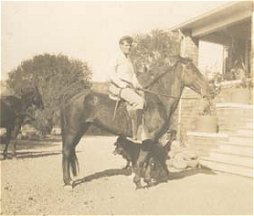
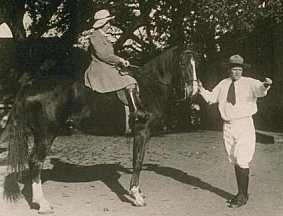
ERB, as a military cadet, was a championship
rider. His love of horses appears to have been born on his brothers' ranch
in Idaho where he tended horses and worked as a cowhand and a mail rider.
He later joined the U.S. Cavalry. His love of horses was one of his reasons
for purchasing Tarzana Ranch where he rode every morning -- often accompanied
by his family.
Both men were avid horsemen
and revelled in taking long rides across their ranchlands . . . a past-time
shared by their wives.
PULP AND PAPERS
Much of London's first work appeared in pulps including
"The Overland Monthly," the magazine founded by Brett Harte and edited
by Netta Wiley Eames Payne, Charmian's aunt and guardian. He soon moved
on to best-read and highest-paying periodicals in the country, including
Cosmopolitan, Saturday Evening Post. Most of this work was then published
in hardcover by Macmillan and Doubleday, Page, and Century Co.
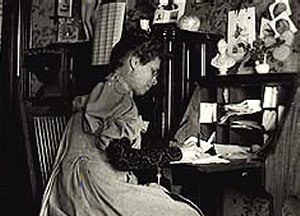
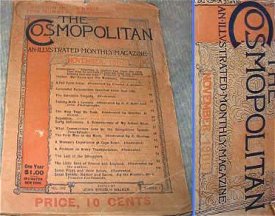
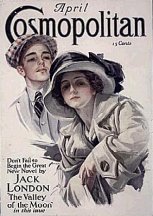
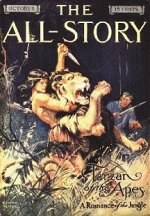
Most of ERB's stories were
first serialized in pulps such as Argosy and Blue Book, as well as in newspapers.
They were then published in hardcover by McClurg, A.L. Burt, and Grosset
& Dunlap. Burroughs took an even bolder step in 1931 by publishing
his own books as ERB, Inc. publications -- he was also in a league of his
own when it came to marketing his product as multimedia and through merchandising.
Both sold much material to pulp
magazines and newspapers before publication in book form. Most of Jack
London's yarns of the Far North, ERB's fantastic adventure tales, Zane
Grey's westerns, and H. Rider Haggard's African adventures, O. Henry's
stories, Raymond Chandler's mysteries, and numerous other well-known authors,
appeared in magazines before they became best-selling books. Few
pulp writers could work fast enough, however, to make a good living; fewer
still ever graduated from the genre: London and Burroughs were among those
who moved on to better things.
TREE LORDS
London imported eucalyptus trees by the hundreds of thousands,
which he transplanted on his ranch for planned lumber projects. The enterprise
was not successful, however, as the wood proved to be too soft for construction
purposes.
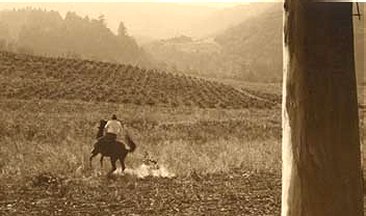
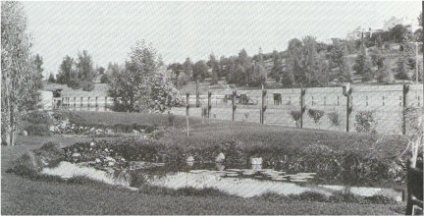
Tarzana was populated with
many species of beautiful rare imported trees that had been imported by
the original owner, the Los Angeles newspaper magnate Harrison Gray Otis.
After taking over the estate ERB continued to plant trees. It pained him
to cut down, or even prune a tree on his property.
Both loved nature and especially
trees in their natural state.
OTHER RACES
During his lifetime London supported "Aunt Jennie" Prentiss,
a black woman, who had been his wet nurse as a child and to whom Jack was
devoted. As he travelled more and had more life experiences his descriptions
of minorities became much more tolerant and realistic. I've never written
a line that I'd be ashamed for my young daughters to read, and I never
shall write such a line!"
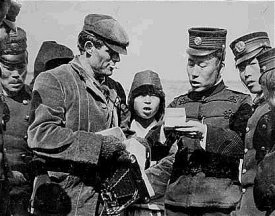
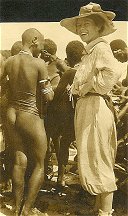
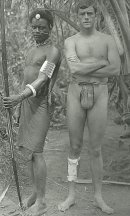
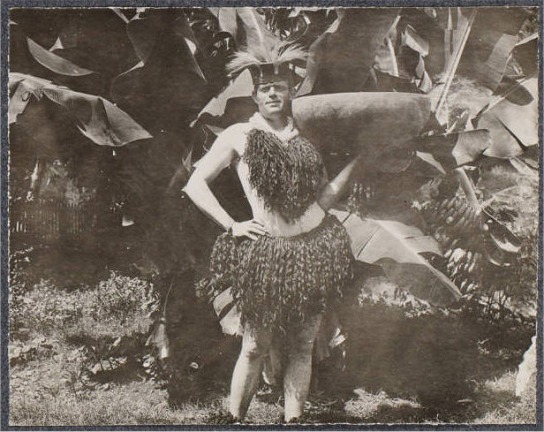
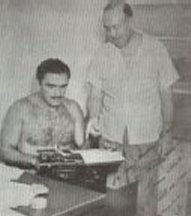
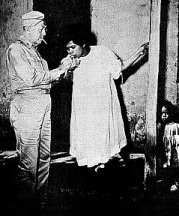
ERB's views were much more
liberated than those exhibited in London's early work. After the Civil
War the Burroughs family took in a wounded negro Confederate soldier, James
M. Johnson. During his recuperation, "Uncle Jim" was made practically one
of the family. He lived with the family, who eventually helped him
acquire a chain of shoe stores and become a successful businessman. ERB
chose an even mix of minorities and types as villains in his novels, which
he balanced by presenting a corresponding mix of minorities as "good guys."
Both have met accusations of racism,
but such accusations are worthy of careful, balanced examination. The majority
of their work was far more tolerant toward minorities than that the majority
of writers in their time. They generally showed admirable tolerance and
support of other cultures and races, especially in light of the fact that
they were raised in a time when whites were taught that they were better
than the Chinese, the Italians, the Irish, and the other immigrants who
were taking away jobs from Americans of good Anglo-Saxon breeding.
WAR CORRESPONDENTS
In 1914, London went to Mexico as a war correspondent
covering the role of U.S. troops and Navy ships in the Villa-Carranza revolt.
He also went on assignments to Manchuria during the Russo-Japanese War.
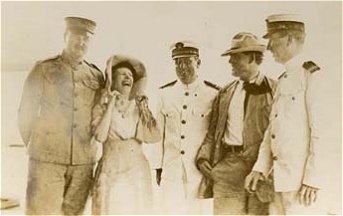
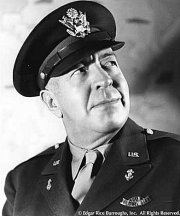
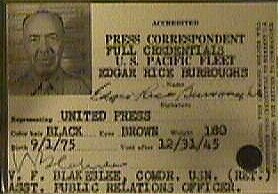
ERB was the oldest accredited
WWII correspondent in the Pacific Theatre. He witnessed the Pearl Harbor
attack, flew bombing missions, dodged sniper fire on Pacific islands, and
sailed thousands of miles in navy ships.
Both men were hard drinking war
correspondents who covered the Pacific area on assignments -- albeit thirty
years apart.
R.I.P.
Jack London died on November 22, 1916. Controversy and
mystery surrounds the circumstances of his death. He was 40 years
of age and had been suffering from a variety of ailments, including headaches,
stomach disturbances, yaws, malarial fever, pleurisy, bronchitis, ravaging
uremia, kidney stones and failing kidneys, and he took morphine to alleviate
the pain from these various maladies. In light of these afflictions it
is all the more incredible that he created such a huge body of work. It
has been suggested that he died of a morphine overdose or a stroke, but
his death certificate states that he died of gastrointestinal uremic poisoning.
The last book he read
Around
Cape Horn, Maine to California in 1852: The Voyage of the Passenger Ship
James W. Paige by J. Lamson.
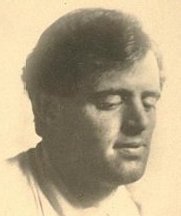
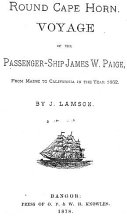
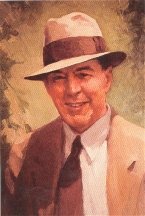
ERB was bedridden in his
last years, suffering from a heart condition and Parkinson's Disease. He
died quietly in bed while reading the Sunday funnies.
Both men had suffered varying degrees
of ill health all throughout their lives. London contracted scurvy during
his time in the Klondike and picked up various skin diseases during his
Pacific voyages. In his later years he suffered from kidney disease. He
also had alcohol and morphine dependencies brought about by overwork, depression
and the pain from his various maladies. Ed Burroughs was a sickly child
for much of his youth, had recurring headaches and nightmares as a result
of numerous head injuries, was diagnosed with a heart condition in his
early twenties, had numerous operations for bladder infections, experienced
bouts of depression in his later years which led to the overuse of alcohol,
experienced numerous heart attacks and was stricken with Parkinson's Disease
in his twilight years.
BIOGRAPHIES
London's true life experiences often
found their way into his novels such as John
Barleycorn but he never completed a formal autobiography.
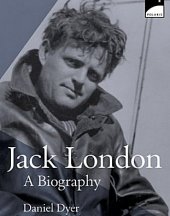

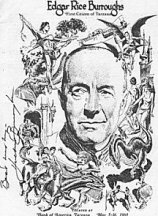
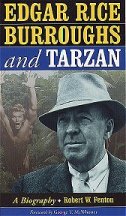
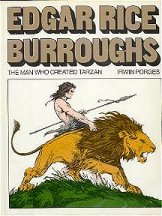
ERB started an autobiography
but never finished it. He left copious amounts of autobiographical
material behind, however, in letters, articles, and journals.
Despite having led such remarkable
lives, neither man wrote an actual autobiography although the dreams and
events based upon true-life experiences were the inspiration for their
amazing output of stories. Many biographers have turned to the task, however,
and there is an impressive list of biographical studies of each author.
FINAL RESTING PLACE
By his request, London's ashes were
placed under a large volcanic stone on his beloved Beauty Ranch.
ERB's ashes were buried
close to his mother's, under the large tree in front of the ERB, Inc. building
in Tarzana.
Both men were cremated and buried
on their properties. Neither had much use for religion and religious ceremony.
CRITICAL
ACCLAIM
Both writers
have been denied the degree of critical acclaim and recognition from their
peers that their lasting works marks upon the literary world and popular
culture deserve. This is largely because of their popular and financial
success as well as their somewhat unorthodox lifestyles and approaches
to their craft. Burroughs, especially, has been ignored by much of academia.
Despite having sold countless millions of books in scores of different
languages, and being a major cultural influence, Burroughs is either derided
or ignored by most university English departments. He once complained:
"It must be wonderful to be able to devote one's life to art for art's
sake, a luxury which I have never been able to afford." The bodies of work
of these two amazing authors are impressive, however, as a study of their
bibliographies will attest.
Edgar Rice Burroughs Illustrated
Bibliograpy
www.ERBzine.com/chaser/
Jack London Illustrated Bibliography
www.ERBzine.com/mag12/1270.html
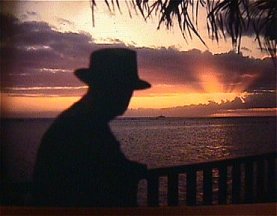






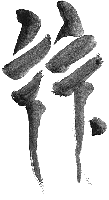
BILL
HILLMAN
Visit
our thousands of other sites at:
BILL
AND SUE-ON HILLMAN ECLECTIC STUDIO
ERB
Text, ERB Images and Tarzan® are ©Edgar Rice Burroughs, Inc.-
All Rights Reserved.
All
Original Work ©1996-2005/2010/2018 by Bill Hillman and/or Contributing
Authors/Owners
No
part of this web site may be reproduced without permission from the respective
owners.




















